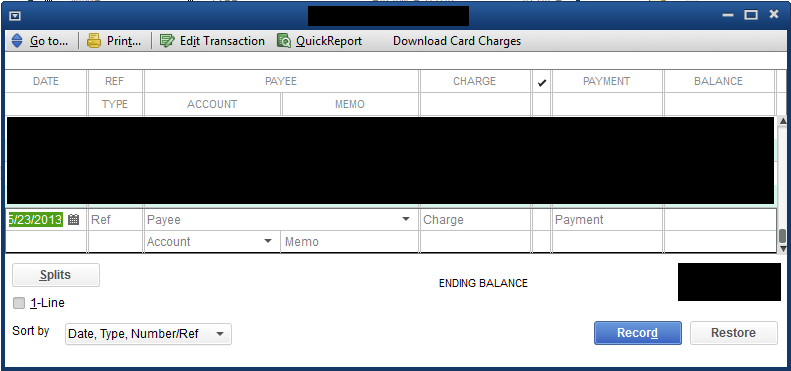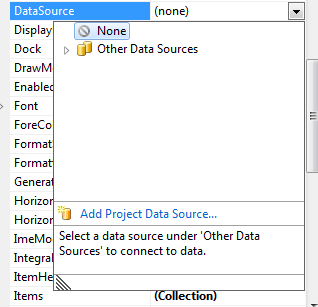I should probably clarify, this is being written as a stored procedure in the SQL server.
zachattack05 70 Posting Pro in Training
zachattack05 70 Posting Pro in Training
zachattack05 70 Posting Pro in Training
zachattack05 70 Posting Pro in Training
zachattack05 70 Posting Pro in Training
zachattack05 70 Posting Pro in Training
zachattack05 70 Posting Pro in Training
zachattack05 70 Posting Pro in Training
zachattack05 70 Posting Pro in Training
zachattack05 70 Posting Pro in Training
zachattack05 70 Posting Pro in Training
zachattack05 70 Posting Pro in Training
zachattack05 70 Posting Pro in Training
zachattack05 70 Posting Pro in Training
zachattack05 70 Posting Pro in Training
zachattack05 70 Posting Pro in Training
zachattack05 70 Posting Pro in Training
zachattack05 70 Posting Pro in Training


